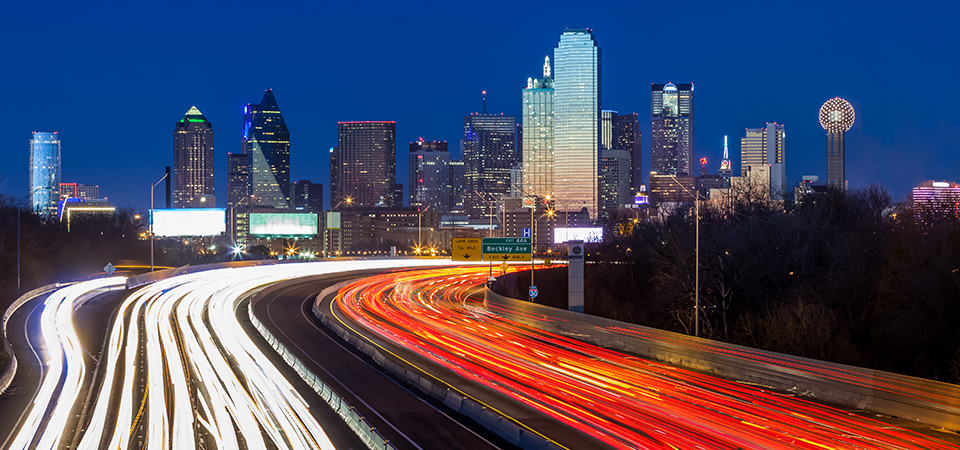If you look at the great cities of the world, it’s clear investments in mobility were huge drivers to becoming dense urban and economic powerhouses. There’s just no comparison if you look at transit in Dallas versus Seoul, New York or London. I grew up in Toronto where riding subways, streetcars and buses were a part of daily life and transportation modes worked together to create and sustain thriving communities.
It’s not that Dallas needs to become anything like these other cities, but I’ve thought for a long time that mobility was among the top things holding Dallas back from rising above the pack on the global stage. (Another is education, more on that another time.) And right now, when you look at the massive transportation projects on the drawing boards and in the works, Dallas is in a rare position to approach mobility differently.
Big ticket game changers, such as the D2 subway, high-speed rail and CityMAP’s vision for reimagining the downtown highway system, have taken center stage in city planning discussions. But the list of mobility projects goes on and on, from the Cotton Belt Rail Line to bike sharing, the bus system to streetcar connections or smart city technologies to the eventual arrival of driverless cars.
The Real Estate Council has long been involved with local transportation-related projects (think Klyde Warren Park over Woodall Rodgers and, more recently, D2 going underground). To get a better grasp of all the transportation projects in the works, TREC put together a Mobility Working Group to evaluate projects and provide input to city and regional agencies. The Mobility Working Group is taking TREC’s prior efforts to the next level by looking holistically at mobility in the region. It has grown organically as the list of mega projects needing input keeps growing.
It’s been a busy few months since the group got started. TREC stepped up in a big way to publicly support D2 as a subway running through downtown instead of at street level – others joined and D2 is now indeed planned to be a subway. Just last week, Mike Morris, director of transportation at North Central Texas Council of Governments, gave Mobility Working Group members an overview of the projects his team is working on and what’s important for the region that TREC can help weigh in on.
Even though most of us TREC members are not transportation experts, these projects have huge direct impacts on how real estate and communities are planned, designed and developed. As Mike pointed out, a new bridge or road redesign can open up an area for redevelopment and new community buildings.
My biggest struggle has been looking at how priorities are balanced from a regional perspective and an urban living perspective. I’ve lived downtown for most of the last decade and have witnessed transformation after transformation in and around the area. As the region’s largest employment center, downtown has to take commuters into account and find the best ways for people to get to work. The problem is highways, overpasses and fast moving cars on streets create barriers from what could be walkable and pedestrian-engaging corridors. We should be creating lively street experiences for people moving around our urban centers that take into account many modes of transportation – walking, buses, bikes, streetcars – in addition to single occupancy cars.
